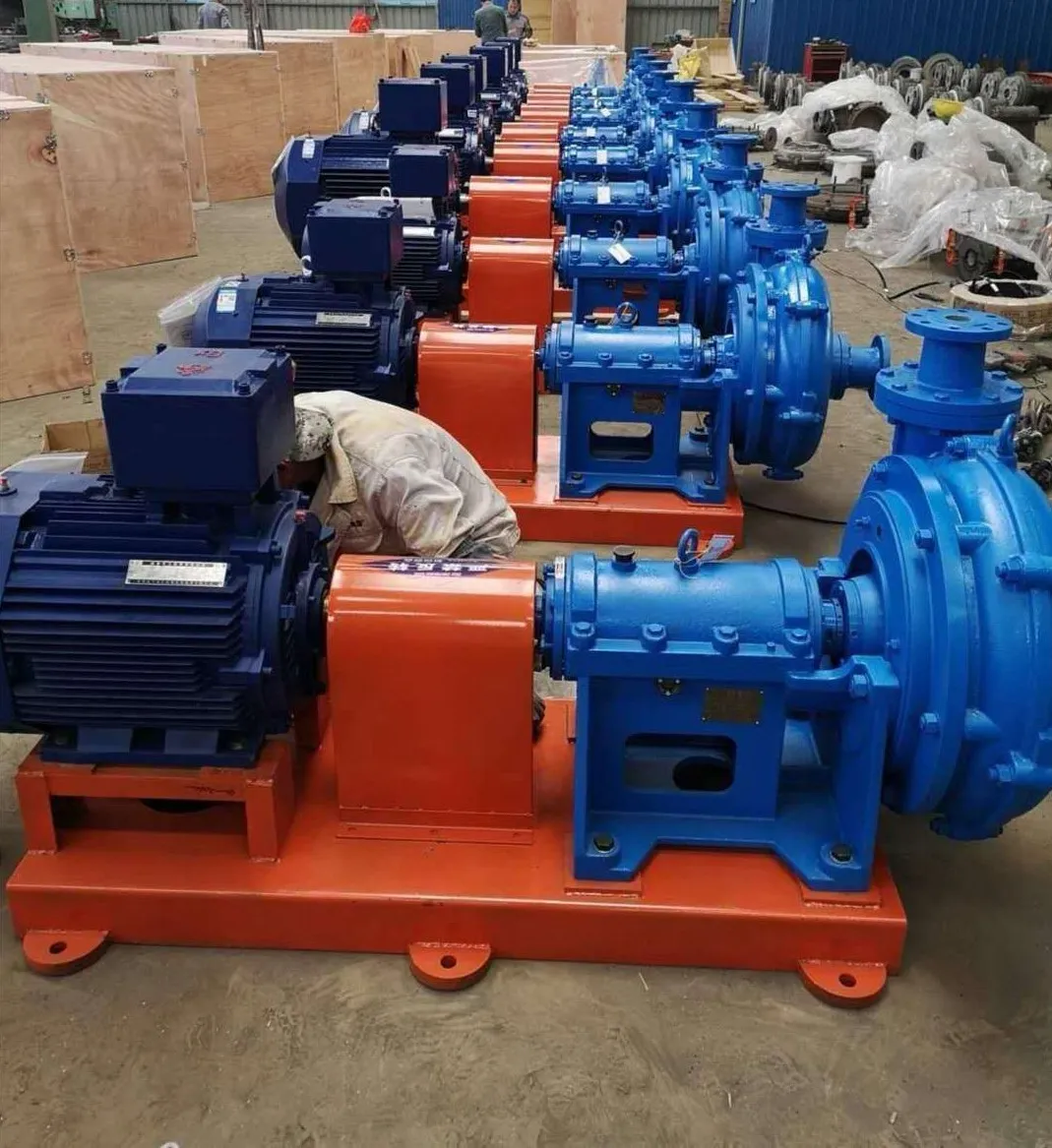English
- Afrikaans
- Albanian
- Amharic
- Arabic
- Armenian
- Azerbaijani
- Basque
- Belarusian
- Bengali
- Bosnian
- Bulgarian
- Catalan
- Cebuano
- Corsican
- Croatian
- Czech
- Danish
- Dutch
- English
- Esperanto
- Estonian
- Finnish
- French
- Frisian
- Galician
- Georgian
- German
- Greek
- Gujarati
- Haitian Creole
- hausa
- hawaiian
- Hebrew
- Hindi
- Miao
- Hungarian
- Icelandic
- igbo
- Indonesian
- irish
- Italian
- Japanese
- Javanese
- Kannada
- kazakh
- Khmer
- Rwandese
- Korean
- Kurdish
- Kyrgyz
- Lao
- Latin
- Latvian
- Lithuanian
- Luxembourgish
- Macedonian
- Malgashi
- Malay
- Malayalam
- Maltese
- Maori
- Marathi
- Mongolian
- Myanmar
- Nepali
- Norwegian
- Norwegian
- Occitan
- Pashto
- Persian
- Polish
- Portuguese
- Punjabi
- Romanian
- Russian
- Samoan
- Scottish Gaelic
- Serbian
- Sesotho
- Shona
- Sindhi
- Sinhala
- Slovak
- Slovenian
- Somali
- Spanish
- Sundanese
- Swahili
- Swedish
- Tagalog
- Tajik
- Tamil
- Tatar
- Telugu
- Thai
- Turkish
- Turkmen
- Ukrainian
- Urdu
- Uighur
- Uzbek
- Vietnamese
- Welsh
- Bantu
- Yiddish
- Yoruba
- Zulu
Telephone: +86 13120555503
Email: frank@cypump.com
Sep . 22, 2024 19:51 Back to list
sewage sump pump
Understanding Sewage Sump Pumps Essential Components for Wastewater Management
Sewage sump pumps play a crucial role in managing wastewater in residential and commercial settings. These devices are specifically designed to remove sewage and wastewater from areas prone to flooding, such as basements or lower levels of buildings. Understanding their function, types, and maintenance is essential for anyone involved in property management or homeownership.
At its core, a sewage sump pump is installed in a sump pit, which is typically a hole dug in the lowest part of a basement or crawl space
. This pump is activated when the water level in the pit rises to a predetermined point, ensuring that excess water is efficiently expelled from the area. The sewage pump is equipped to handle solid waste materials, which makes it particularly useful in locations where standard drainage systems may be insufficient.sewage sump pump

There are primarily two types of sewage pumps submersible and pedestal. Submersible pumps are designed to operate underwater, making them less prone to damage and more efficient in removing waste. They are sealed units that can handle larger volumes of water and solids. On the other hand, pedestal pumps are mounted above the sump pit, with the motor located above the water line. While they are easier to service, they might be less efficient compared to submersible pumps.
Regular maintenance is crucial to ensure the longevity and efficiency of sewage sump pumps. Homeowners should periodically inspect the pump for clogs, test its operation, and clean the sump pit to prevent debris from obstructing the pump's function. It is also wise to check the power supply and consider installing a backup system, such as a battery-operated sump pump, to provide additional security during power outages.
In conclusion, sewage sump pumps are integral to preventing water damage and maintaining sanitary conditions in buildings. They protect homes from flooding while ensuring that wastewater is effectively managed. Understanding the types of pumps available, their installation, and maintenance requirements can help homeowners make informed decisions, safeguarding their properties and enhancing overall living conditions. Proper attention to these systems will ultimately lead to a more efficient and reliable wastewater management solution.
-
Horizontal Split Case Pump with GPT-4 Turbo | High Efficiency
NewsAug.01,2025
-
ISG Series Pipeline Pump - Chi Yuan Pumps | High Efficiency, Durable Design
NewsAug.01,2025
-
Advanced Flue Gas Desulfurization Pump with GPT-4 Turbo | Durable & Efficient
NewsJul.31,2025
-
ISG Series Vertical Pipeline Pump - Chi Yuan Pumps | Advanced Hydraulic Design&Durable Construction
NewsJul.31,2025
-
ISG Series Vertical Pipeline Pump - Chi Yuan Pumps | Energy Efficient & Low Noise
NewsJul.31,2025
-
pipeline pump - Chi Yuan Pumps Co., LTD.|High Efficiency&Low Noise
NewsJul.31,2025










